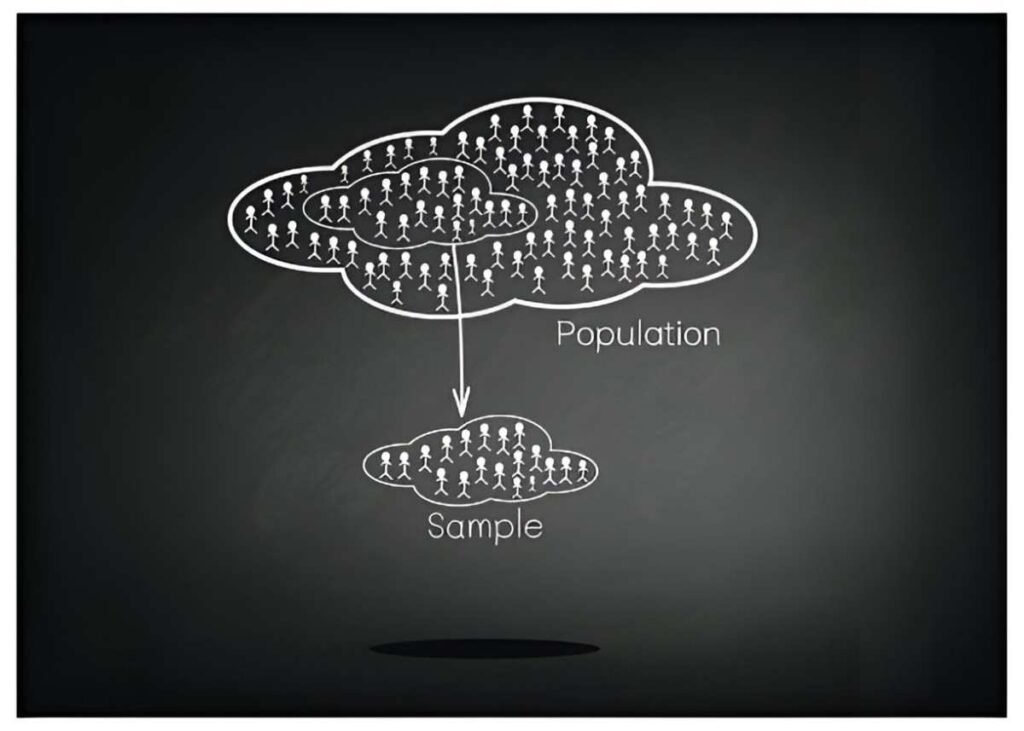Statistical demand analysis is a cornerstone of modern economics and business strategy. It helps us understand how various factors influence consumer demand for products and services. Whether you’re a business owner, an economist, or a student, mastering this topic can provide valuable insights into market dynamics. In this guide, I’ll walk you through the fundamentals of statistical demand analysis, its applications, and how to interpret the results. I’ll also include practical examples, mathematical expressions, and tables to make the concepts easier to grasp.
Table of Contents
What Is Statistical Demand Analysis?
Statistical demand analysis is a quantitative method used to estimate the relationship between demand for a product and the factors that influence it. These factors can include price, consumer income, advertising expenditure, and even external variables like weather or economic conditions. By analyzing historical data, we can build models that predict how changes in these factors will affect demand.
For example, if I own a coffee shop, I might want to know how a 10% increase in the price of coffee will impact sales. Statistical demand analysis can help me answer that question.
The Basics of Demand Functions
At the heart of statistical demand analysis is the demand function. A demand function is a mathematical equation that describes the relationship between the quantity demanded of a good and its determinants. A simple linear demand function can be written as:
Q_d = a - bP + cY + dAWhere:
- Q_d is the quantity demanded.
- P is the price of the good.
- Y is consumer income.
- A is advertising expenditure.
- a, b, c, d are coefficients that measure the sensitivity of demand to changes in price, income, and advertising.
Let’s break this down further.
Price Elasticity of Demand
Price elasticity of demand measures how sensitive the quantity demanded is to changes in price. It’s calculated as:
E_p = \frac{\% \Delta Q_d}{\% \Delta P}If E_p > 1, demand is elastic, meaning consumers are highly responsive to price changes. If E_p < 1, demand is inelastic, meaning consumers are less responsive.
For example, if the price of a product increases by 5% and the quantity demanded decreases by 10%, the price elasticity of demand is:
E_p = \frac{-10\%}{5\%} = -2Since the absolute value is greater than 1, demand is elastic.
Income Elasticity of Demand
Income elasticity of demand measures how sensitive the quantity demanded is to changes in consumer income. It’s calculated as:
E_y = \frac{\% \Delta Q_d}{\% \Delta Y}If E_y > 0, the good is a normal good (demand increases with income). If E_y < 0, the good is an inferior good (demand decreases with income).
For example, if consumer income increases by 8% and the quantity demanded increases by 4%, the income elasticity of demand is:
E_y = \frac{4\%}{8\%} = 0.5Since E_y > 0, the good is a normal good.
Advertising Elasticity of Demand
Advertising elasticity of demand measures how sensitive the quantity demanded is to changes in advertising expenditure. It’s calculated as:
E_a = \frac{\% \Delta Q_d}{\% \Delta A}If E_a > 0, advertising has a positive impact on demand.
For example, if advertising expenditure increases by 20% and the quantity demanded increases by 10%, the advertising elasticity of demand is:
E_a = \frac{10\%}{20\%} = 0.5This indicates that advertising has a moderate positive effect on demand.
Data Collection and Preparation
Before diving into statistical analysis, I need to collect and prepare the data. This involves:
- Identifying Variables: Determine which factors influence demand. For example, for a coffee shop, variables might include price, income, advertising, and temperature.
- Data Sources: Collect data from reliable sources such as sales records, government statistics, or market research reports.
- Data Cleaning: Remove outliers, handle missing values, and ensure consistency in the data.
Let’s say I’ve collected the following data for my coffee shop:
| Month | Price ($) | Income ($) | Advertising ($) | Quantity Demanded |
|---|---|---|---|---|
| Jan | 3.00 | 4000 | 500 | 1000 |
| Feb | 3.50 | 4200 | 600 | 950 |
| Mar | 3.20 | 4100 | 550 | 980 |
| Apr | 3.10 | 4300 | 700 | 1020 |
Building a Demand Model
With the data ready, I can now build a demand model. The most common method is linear regression, which estimates the coefficients of the demand function.
The general form of a linear regression model is:
Q_d = \beta_0 + \beta_1 P + \beta_2 Y + \beta_3 A + \epsilonWhere:
- \beta_0 is the intercept.
- \beta_1, \beta_2, \beta_3 are the coefficients for price, income, and advertising.
- \epsilon is the error term.
Using statistical software like R or Python, I can estimate the coefficients. Let’s assume the estimated model is:
Q_d = 1200 - 150P + 0.2Y + 0.5AThis means:
- A $1 increase in price reduces quantity demanded by 150 units.
- A $1 increase in income increases quantity demanded by 0.2 units.
- A $1 increase in advertising increases quantity demanded by 0.5 units.
Interpreting the Results
Once the model is built, I need to interpret the results. Here’s how:
- Coefficients: The sign and magnitude of the coefficients tell me how each variable affects demand. For example, the negative coefficient for price (-150) indicates that higher prices reduce demand.
- R-squared: This measures how well the model explains the variation in demand. An R-squared value close to 1 indicates a good fit.
- P-values: These indicate the statistical significance of each variable. A p-value less than 0.05 means the variable is significant.
Practical Applications
Statistical demand analysis has numerous applications:
- Pricing Strategy: By understanding price elasticity, I can set optimal prices to maximize revenue.
- Marketing Campaigns: Advertising elasticity helps me allocate budgets effectively.
- Inventory Management: Accurate demand forecasts ensure I maintain the right stock levels.
For example, using the demand model above, I can predict how a 10% price increase will affect sales:
\Delta Q_d = -150 \times 0.3 = -45A $0.30 price increase will reduce quantity demanded by 45 units.
Limitations of Statistical Demand Analysis
While powerful, statistical demand analysis has limitations:
- Assumptions: Linear regression assumes a linear relationship, which may not always hold.
- Data Quality: Poor-quality data can lead to inaccurate models.
- External Factors: Unpredictable events like economic crises or pandemics can disrupt demand patterns.
Conclusion
Statistical demand analysis is a vital tool for understanding and predicting consumer behavior. By mastering the concepts and techniques, I can make informed decisions that drive business success. Whether you’re analyzing price elasticity or building a demand model, the key is to approach the process methodically and interpret the results with care.





